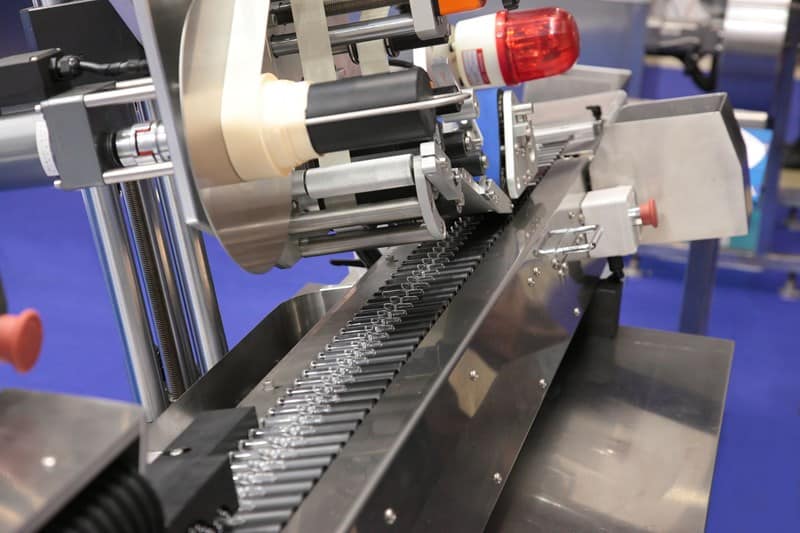Capital allowances is the term used to describe the tax relief businesses can claim on certain capital expenditure and thereby reduce the amount of taxable profits. Most ‘capital’ items, such as equipment, vehicles, machinery etc last for a reasonably long time and the tax rules do not allow you to automatically deduct the full cost of such items. There are different rules that apply to different types of capital expenditure such as 100% first-year allowances (FYA) for certain energy-saving plant and machinery.
When an asset is sold on which capital allowances have been claimed and the sale price is more than the balance in the relevant pool then the business is required to add back the difference to their taxable profits. This is known as a balancing charge. A balancing charge is a way of ensuring that a business does not claim more tax relief than they were entitled to on the purchase of a business asset and effectively claws-back any overclaimed capital allowances. The balancing charge works in the opposite way to a capital allowance and increases the amount of profit on which tax is due.
Planning note
Where an asset is sold on which the annual investment allowance or FYA had been claimed and the pool has a zero balance then the amount the asset is sold for (or its market value if given away or used privately) is the balancing charge. There are special rules for dealing with any balancing charges where a business ceases to trade.
We advise businesses that are selling an asset for a significant sum to take advice on the tax consequences prior to completing the transaction. Call if you need advice.







